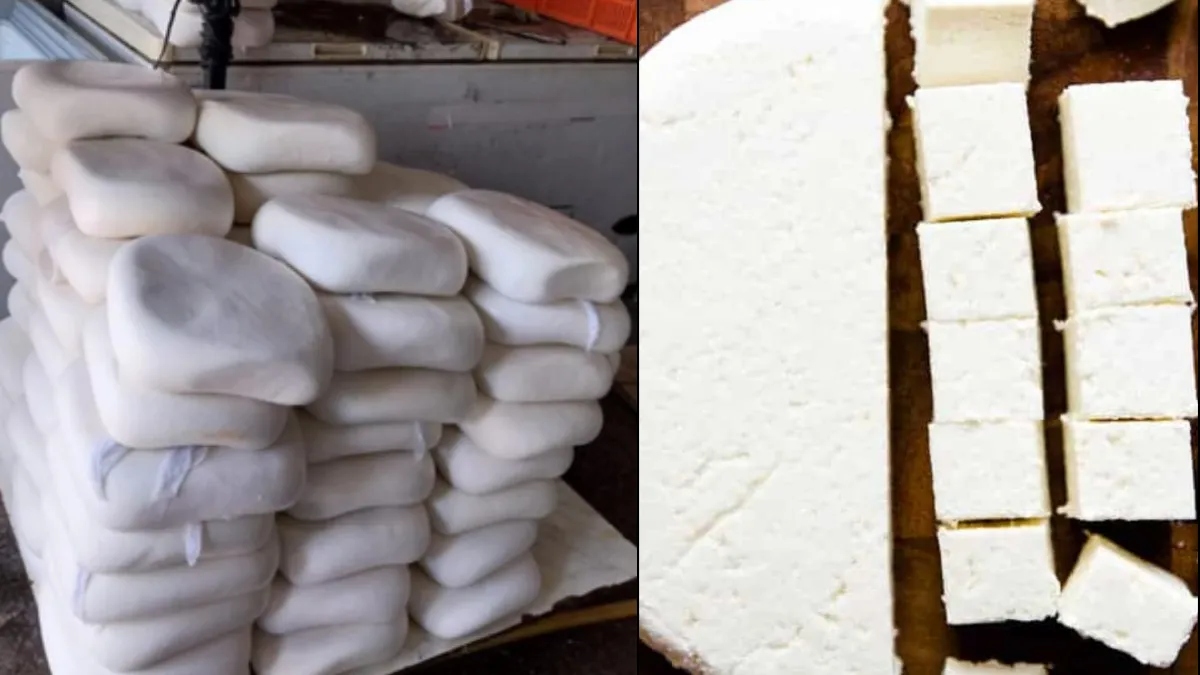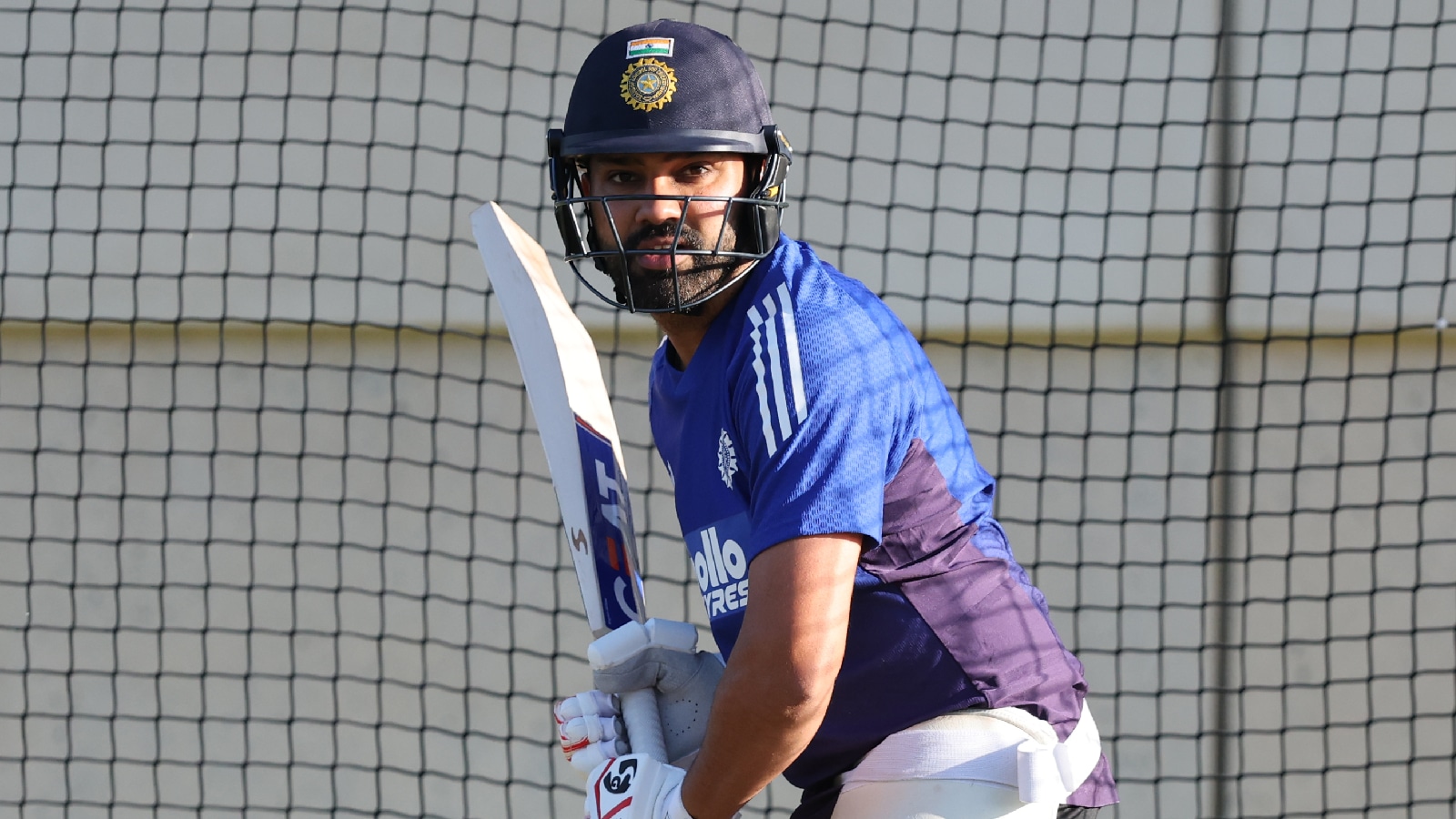
Youth Vaping in India: What Parents Must Know
India is confronting the rising issue of youth vaping through the Tobacco Free Youth Campaign 3.0. As the campaign unfolds, it encourages parents to be vigilant about signs of vaping that may not be immediately obvious. Unlike traditional smoking, vaping can be discreet, often hidden within everyday objects like USB drives and even cosmetic products.
This trend is becoming one of the most pressing public health challenges for teenagers in India. The government’s focus on stricter enforcement near schools is vital, but real change begins at home. Parents play a crucial role in identifying subtle behavioral and physical changes in their children that may indicate vaping.
According to the Ministry of Health, vaping is not a safer alternative to smoking. Instead, it opens new pathways to nicotine addiction, making it essential for parents to take a proactive approach. The campaign emphasizes empowering parents, teachers, and peers to engage children in open discussions rather than relying on fear or punishment.
Experts suggest that communication should be non-judgmental. A health official advises, “Ask, don’t accuse.” By establishing a trusting relationship, parents can create an environment where teenagers feel comfortable sharing their experiences and concerns.
The Tobacco Free Youth Campaign 3.0 serves as a reminder that prevention starts at the dining table. Conversations about well-being and health should be a regular part of family life. Asking simple questions like, “Are you okay?” can open the door to important discussions about vaping and its risks.
In summary, while the government takes steps to combat youth vaping, parents must also take responsibility. Awareness, open communication, and trust are key in addressing this hidden threat. By being observant and engaging with their children, parents can help prevent nicotine addiction and support healthier choices for the future.













